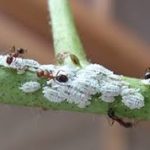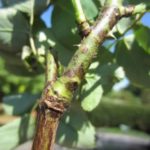You must have enjoyed watching the beauty of roses or even the fragrance and would’ve yearned to grow one in your garden but would’ve had hard luck growing one and wouldn’t have wanted to try it again, we have grown a lot of roses till now and have grown most of them sustainably, you can do the same, by following our guide to everything there is to growing roses
The roses that you see in bouquets or flower shows are grown by experts and they are interested in growing only one variety of roses that is the tall hybrid tea.
But there is so much more to these beautiful flowers than just what meets the eye and you would want to be trying out varieties with different characteristics which are fragrant or that put out a lot of blooms.
Everything there is to growing roses: Modern hybrid varieties
Before I start, I just want to let you know that all these varieties available out there are a result of cross-breeding between two or more parent varieties of roses, they were created depending on the requirements of the hybrid cultivar, some wanted more fragrance, some wanted bigger flowers or some wanted more blooms, whatever be your requirement there is a rose out there for you today.
Hybrid tea:
These are tall plants with single large blooms on the stem, they were created by cross-breeding two types of roses by hybridising hybrid perpetuals with tea roses, these are most popularly used as cut flowers.
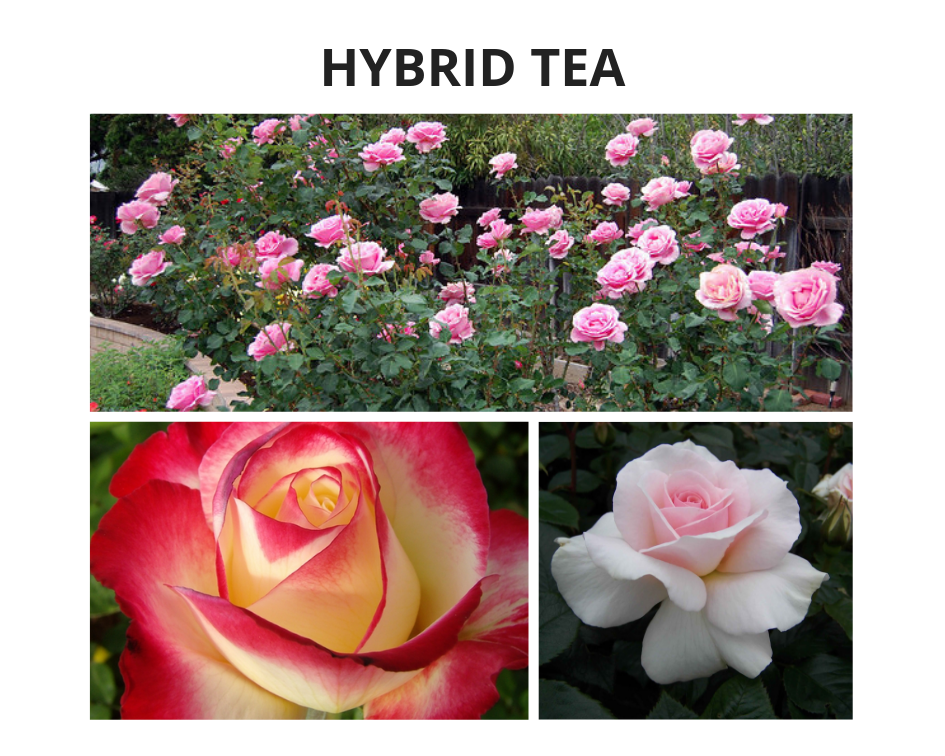
Floribundas:
These are bushy, rounded and scented roses, which put out a lot of blooms during their flowering cycle, they were developed by crossing hybrid teas with polyantha roses, the idea was to develop a breed with the floral beauty of hybrid tea with the polyantha profusion..

Grandiflora:
They are shrubs similar to floribundas but larger than floribundas and bore flowers with similar floral beauty as the hybrid teas, these are a cross between the floribundas and hybrid tea.

Miniature:
These are repeat flowering small bushes with small flowers but usually fragrant, blooms come in all the hybrid tea colours.
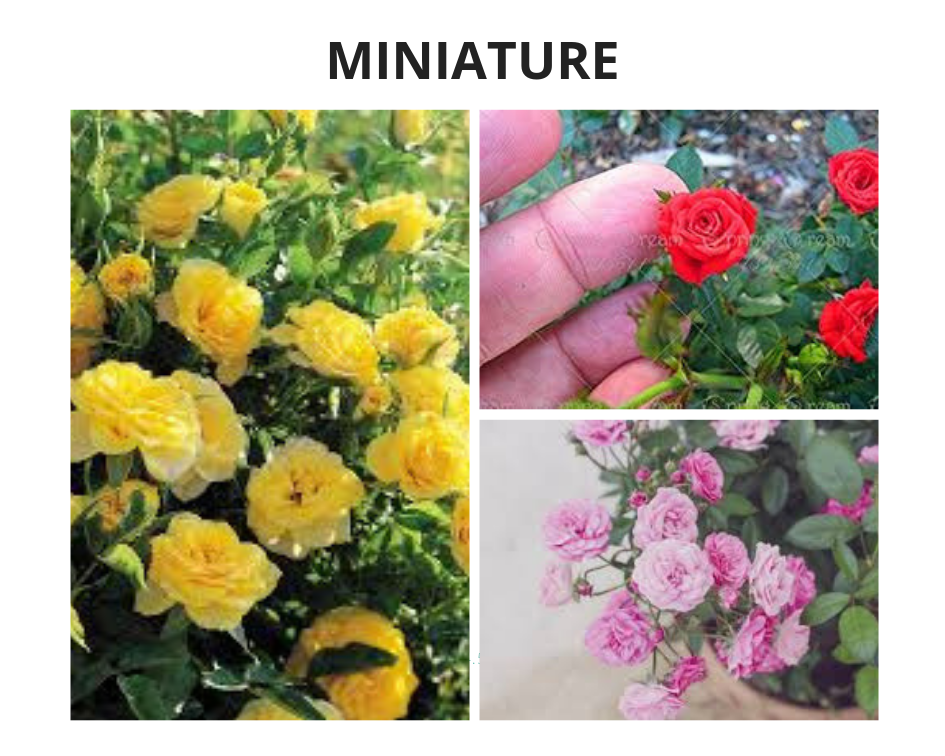
Shrub and Landscape:
They include wild and their near hybrids, although this is not a class of garden rose, it is used to group roses for catalogues, these are similar to floribundas but are too tall, suitable for planting in shrub borders and hedges.
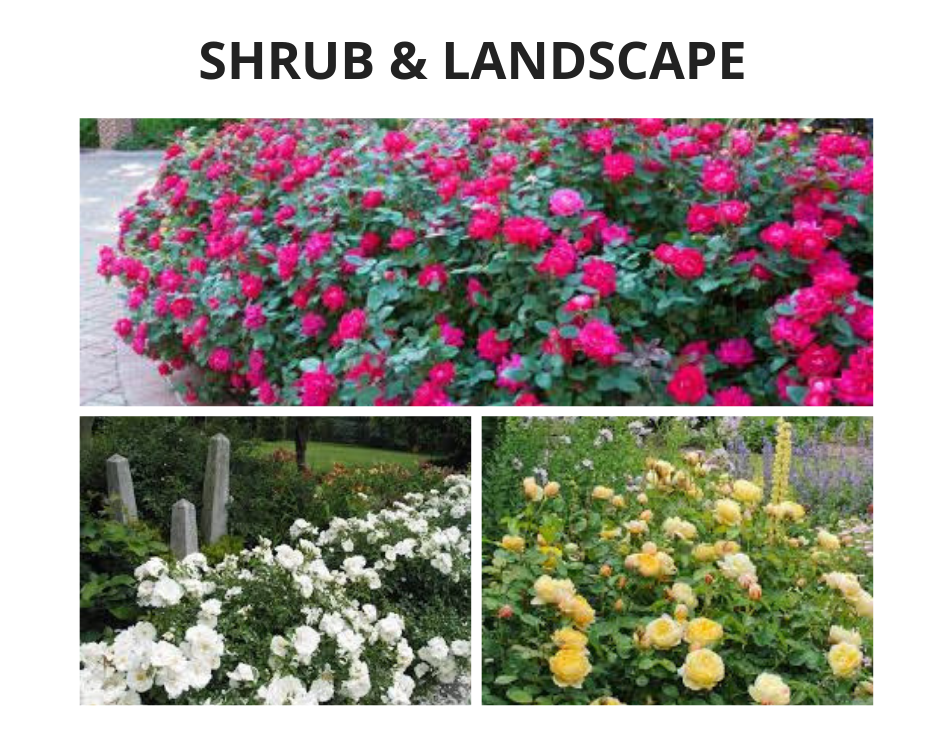
Climbers and ramblers:
As they say, “climbers climb and ramblers ramble”, both of these varieties have vigorous growth the only difference is that the climbers are trained to climb whereas the rambling roses are more of trailing plants, climbers generally have larger flowers.



Tree rose:
A rose bush of desired variety is grafted on to a tree trunk which is provided by a hardy rootstock trained to provide tree trunk, any desired varieties of the Grandiflora, floribunda, hybrid tea or the miniature could be grafted on to the rootstock.
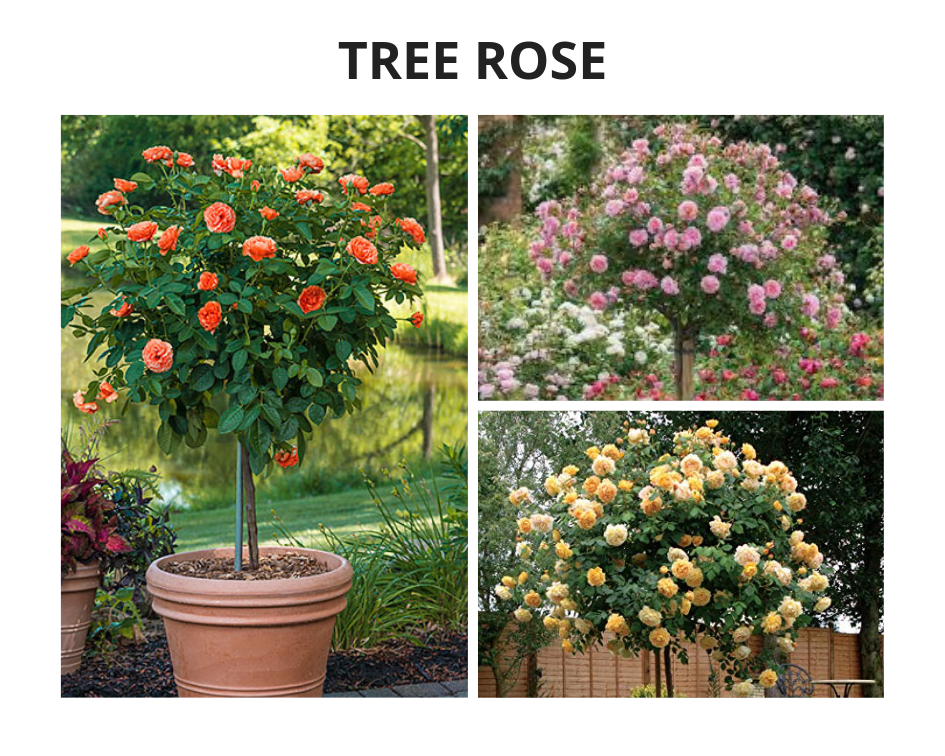

Rose anatomy:
Bud eye:
As the name suggests these are the eye like swellings found on the canes of the plant and this is the region where the new growth or the shoot begins to grow from.
Bud Union:
This mostly used in grafted roses where the bud eye of the desired rose plant is grafted on to the wild rose rootstock and the original stem is then nipped off once the bud eye starts to grow.
Rosehip:
These are basically seed pods of roses, so if you have a pink rose plant and you plant the seed from that plant you will not be able to get exactly the same plant, because pollen from another flower was used to pollinate that flower so it has been hybridised.
Basal stems:
These are stems that grow from the base of the plant after pruning, on a grafted rose plant there can be two types of basal stems, one that grows from the rootstock called the suckers and the other that starts from the bud union, the suckers have seven leaves and are pruned off at the base because they don’t produce any blooms and only waste the energy of the plant.






Rose Hip


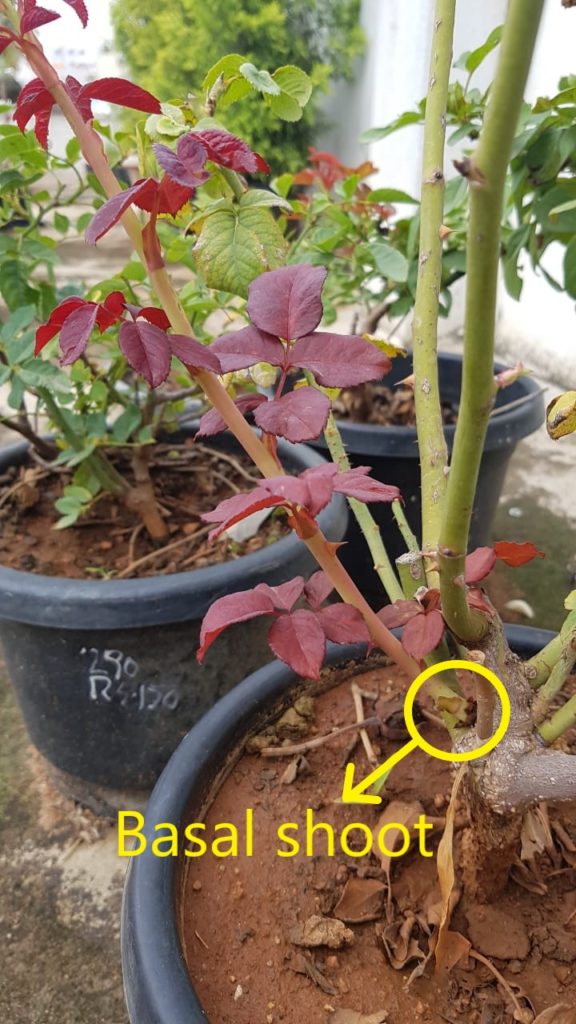

How they are grown:
Grafting:
In this technique a bud eye is taken from a plant with desirable characteristics (it is usually called the scion) and then grafted on to the rootstock of another plant, this technique is used to duplicate the exact characteristics of the scion, this form of grafting is called bud grafting. Once the bud union is formed and the bud starts to grow then the stem of the stock plant is pruned to direct all energy of the plant towards the bud.
From seeds:
This technique is usually used to hybridise roses with desired characteristics, so the pollen from the father plant is taken and then brushed on to the mother plants flower which then forms the rose hips. The seeds from the rose hips are then collected once the rose hips start to turn orange and then planted, these plants have their own root.
From Cuttings:
About a foot long, pencil-thick cuttings with a minimum of 3-5 bud eyes are taken from the plant you want to propagate, then dipped in rooting hormone and then planted.
Rose care:
Planting requirements:
– Roses like plenty of sunlight, they must be planted in places where they get sunlight for at least 6-8 hrs of the day, if the sun is severe then a little shade may be provided.
– Although roses like the wind to dry up so that they don’t get any fungal infections, they must be protected from strong winds.
– Whether you are planting roses in the ground or in pots make sure that they have good drainage otherwise the roots will not be able to get the oxygen they get from water or they might rot if there is too much of waterlogging, so make sure the drainage holes in the pot are big enough or you can throw in a mug of water in the ground to test the drainage of the pit you dug.
Preparing the soil:
– Roses like a soil with a pH of 6-6.5 this is a very important aspect if you want to your roses to absorb everything you are giving it, otherwise, everything you feed your roses will be in vain.
– We suggest using a mixture of garden soil, manure and sand in the ratio 1:1:1 by volume, the garden soil readily provides the microbes and minerals, manure acts as food source to help the plants in its growth and sand helps to make the soil airy by providing good drainage, you can also mix some bone meal or manure at this stage.
– It is better if the soil is prepared a week before planting, it’s the same logic as setting up a new fish tank, you want to allow the mixture to stabilize and adjust the pH and also allow the microbes to break up some of the manure in the soil.
– The soil can be a little moist but not dripping water during planting.
Watering:
– It is generally believed that roses need a lot of water or they need to be watered every day, this is unnecessary, the condition of the soil must be examined by poking your finger in the soil if it feels dry for about one and a half inches only then water your plants.
– In summer the watering must be done more frequently as compared to rainy or the winter season.
– The pH of the water should be between 6-6.5, if this is not taken care of then you might change the pH of the soil.
Feeding:
You must fertilize your rose plants only after a week you have planted them because only the then the hair roots of the plant will be ready to grab nutrients.
Inorganic fertilizers:
Inorganic fertilizers show quick results in the plant and must be added so that you maintain the overall health of the plant, each of these inorganic elements has a role to play in the growth of the plant.
- 2-3 gm of NPK, 20:20:20 (nitrogen-phosphorus-potassium, blue colour crystals) can be added in one litre of water and fed to plants to encourage more and healthy leaf growth.
- 2-3 gm of Magnesium sulphate or Epsom salt mixed in one litre of water can be added to produce more flowers.
- 2-3 pellets of DAP (di-amino-phosphates) can be added around the base of the plant, again to promote good leafy growth.
These 3 fertilizers must not be added in succession on the same day, there must be at least 1-2 days of gap.
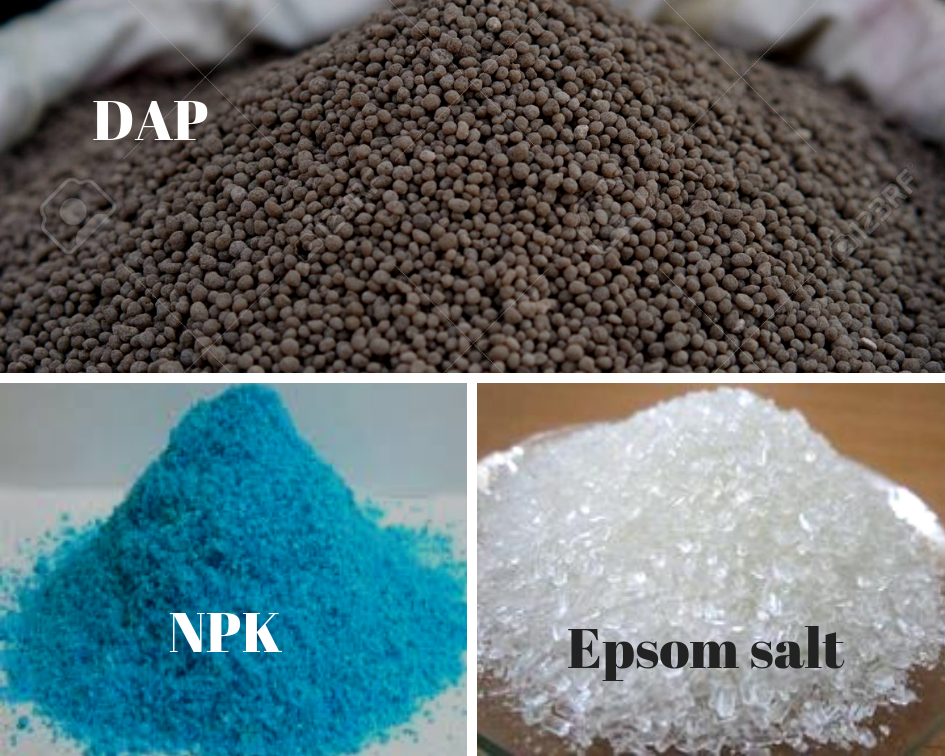

Organic fertilizers:
Manures:
- Well-rotted horse, goat or cow manure all works with rose plants, just make sure you don’t apply fresh horse or cow manure directly to your plants as it can burn the roots and your plant will die.
- Another good organic feeder is the vermicompost or worm manure which also gives good results.
- We suggest going for the goat manure as it is a good and slow release feed your plant can have, it already comes in the pelletized form and does not easily burn your plant
Pruning:
There are two types of pruning when it comes to roses; light pruning and hard pruning. Pruning is done to give the plant shape and get good blooms.
Light pruning is done to remove all the blind shoots and dead flowers.
Annual hard pruning would be sufficient but in Bangalore, hard pruning is done twice a year in relation to the two flower shows held in Lalbagh during August and January, pruning is done 45 days prior to the show.
The ideal time for pruning is when the weather is cool before the new growth has started on the buds.
Do’s and don’ts
Do’s:
- Do cut all dead branches and suckers to their bases during pruning.
- Do cut all the blind shoots.
- Do prune near a “five leaflet” leaf set when you deadhead (i.e. remove all the dead flowers) because that’s a place that is strong enough to bear the next stem that bears the next flower
- Do smear cut ends with garden pitch or copper-sulphate, we generally make a paste of Blitox powder and then apply it on the cut ends, it is done to avoid fungal infections and prevent twig boring wasps from entering the plant.
- Do cut at a 45° angle and when you prune it is important to note the shape you are trying to give to the plant always prune near the buds that are facing outwards because the if you cut near a bud that is facing inwards then it would clutter your plant and make it hard for them to dry leading to fungal infections.
Don’ts:
- Don’t frequently hard prune at shorter intervals, this may send the plant into shock and as a consequence the plant may die back,pruning must be done only when the canes are fully matured.
- Don’t prune without disinfecting and cleaning your pruners, as you may risk passing on the disease from one plant to another. You can do so by spraying household disinfectants like Lysol or by using rubbing alcohol.
Spraying:
- Mix half tablespoon of Copper Oxychloride powder (Blitox powder) in one litre of water and spray the plants every 2-3 month to avoid any fungal infections on the plant.
Pests and Diseases:
Pests:
Ants
These are the most common pests you would have to tackle, they invade your plants by carrying other pests along with them like the mealy bugs and aphids, they start to farm them on the plants and in turn, these pests provide the ants with nutrient-rich sap.
Chafer beetles
These are nocturnal insects. They are small, snuff-coloured, medium-sized beetles, which come after dusk, bite the leaves irregularly and fly away by dawn.
Red Scales
These pests that are grey or brown colour infest the plant in large numbers, these specks move about on the stem and settle down in suitable places, then they become stationary, they pierce their mouthparts into the tissue and continuously suck the sap rendering the plant weak.
Aphids
Plant lice, green in colour found in colonies on the tender tips, flower buds and tender leaves, they are also sap-sucking insects. Their symptoms of infestation include twisted leaves, flower buds not opening. These insects multiply really fast so you have to act very fast if you notice an aphid infestation.
Thrips
Minute black insects with fringed wings infest the leaves, buds and flowers, the leaves get silvery and full of black spots because these too suck the sap of the plant. These can be discouraged from spraying jets of water but for a permanent solution is insecticide
Jassids
Small, green leafhoppers with wedge-shaped wings. They suck the sap of tender leaves, causing yellowish or whitish patches on the upper surface of the leaves.
Whiteflies
These are small flies which infest the back of the leaves and start to develop a colony, it is necessary to kill them as soon as you see even one of them because they can colonise fast.
Diseases:
Die-back:
The twigs are blackened and dead from the cut end downwards. Often the whole plant is killed, to prevent this smear the cut ends.
Stem blight:
Brown to black spots is seen on the stem. Spray with a fungicide solution to prevent this.
Black leaf spot:
Conspicuous circular, black spots with fringed margins, are seen on the upper surface of the leaves, such leaves drop prematurely, this is caused by a fungus called Diplocarpon rosae, spray with a fungicide solution.
Powdery mildew:
Raised blister like areas seen on the leaves, coated with white powdery growth, often the tender leaves and bases of buds get coated and buds don’t open. Spray fungicide on both the side of the leaves.
Rust:
Rusty pustules on the leaves, petioles and stems, it is a disease caused by the parasitic fungus Phragmidium tuberculatum and some other closely related species, spray with a fungicide solution.
Tips for buying them from the nursery:
When buying plants, you would’ve already made up your mind about the colour you like or the variety you are going to choose or might have gotten lured by its fragrance, that is all up to you to decide but follow these tips while selecting the plants.
- In India most of the roses you would find in a nursery are grafted roses so the first thing you would have to do is observe the bud union, how many basal shoots are there, is the rootstock as thick as a pencil.
- The second thing you would want to observe is the leaves, are they curly? or do they have any black spots or yellow spots on them? these are signs of fungal or pest infection and we suggest you avoid such plants as they might die once you bring them home
- And thirdly look at the blooms, check to see if the bloom is healthy or does the petal look discoloured? sometimes their might insects or infection on the blooms which may spread onto the plant later, we are not referring to the bees but look out for other insects such as beetles or slugs.
More tips:
- When you are planting roses make sure to plant the bud union just above the soil.
- Spraying vinegar is helpful up to a point in preventing fungal diseases but don’t spray milk as it can attract other insects only adding to your problems.
- Don’t add your kitchen waste directly to your plants as this can attract pests, try to decompose them and then add to your plants.
- The best time to spray your plants with fungicides or insecticides is between 4pm to 6pm as it is not hot like during the day and you give enough time for them to dry up also because most of the pests attack during the night time so the effects of the spray will stay strong during the night and help prevent the attacks.
- Spraying neem oil mixed in soap water can only help you with solving small infestations of aphids or other pests, in the case of severe infestations I would recommend going to for chemical pesticide as they work faster and better, also they don’t leave your plant sticky like in the case of spraying oil.
Until next time Happy Gardening!!! 😊

